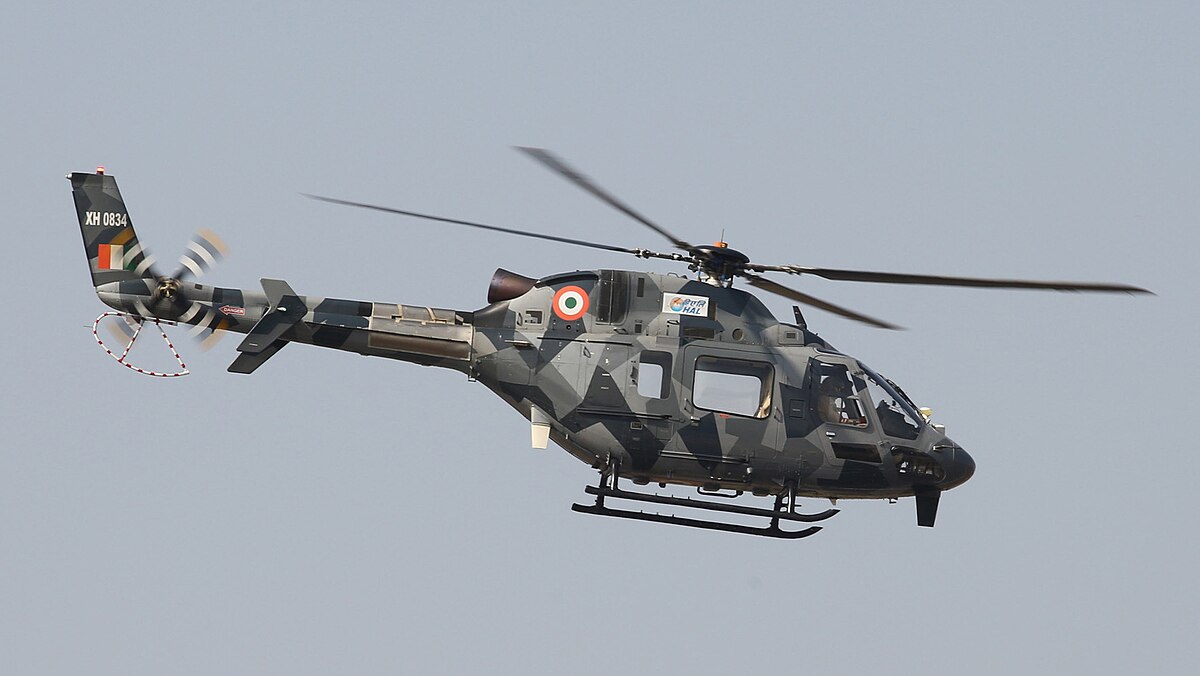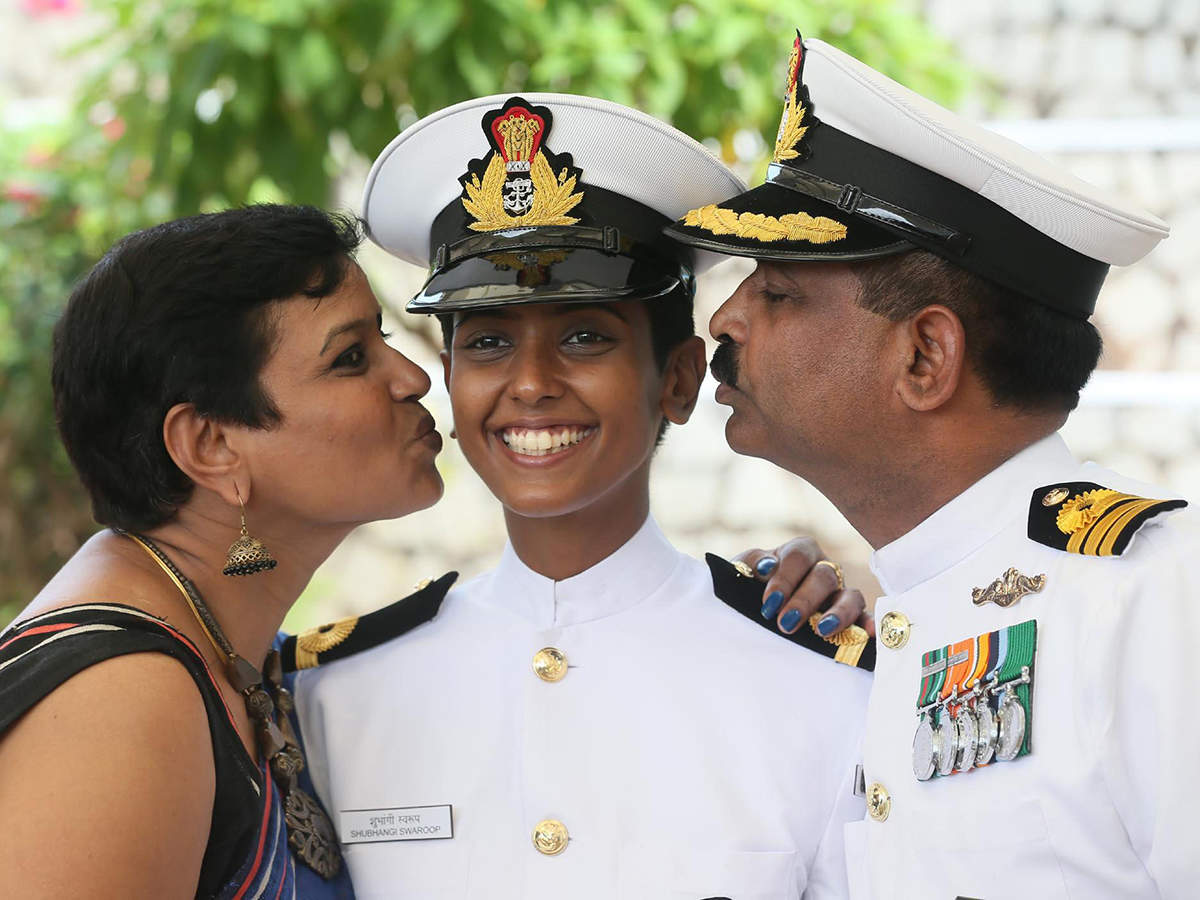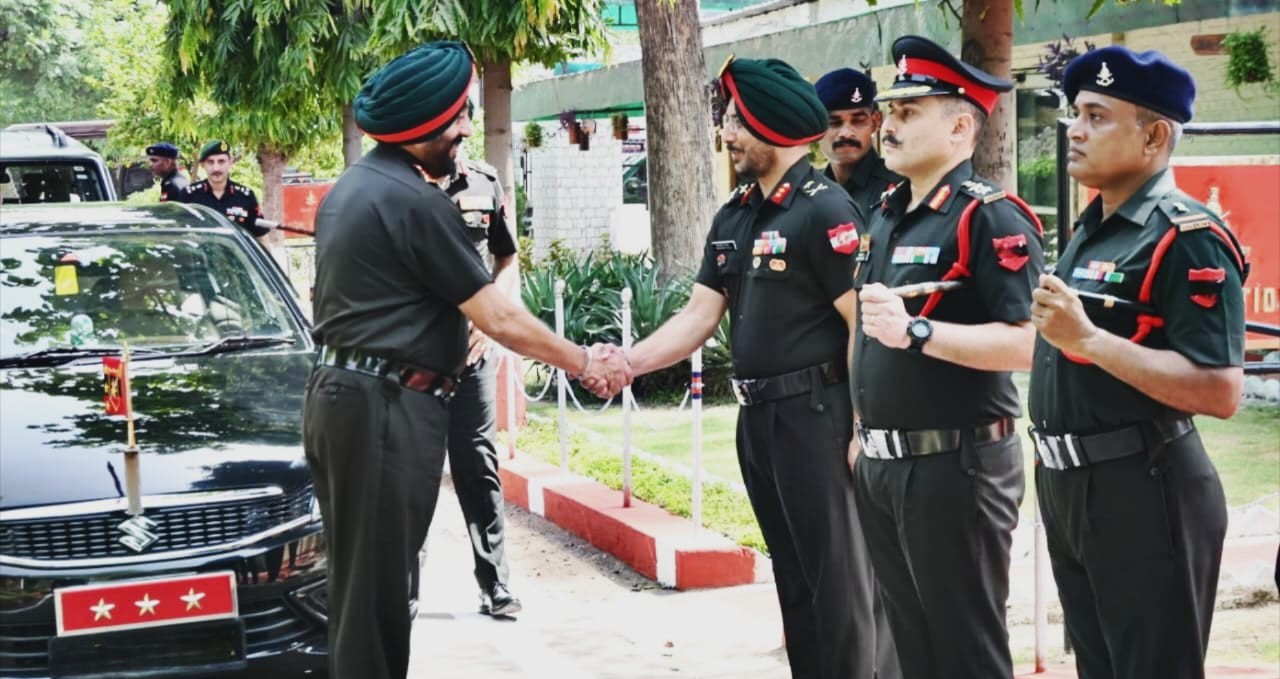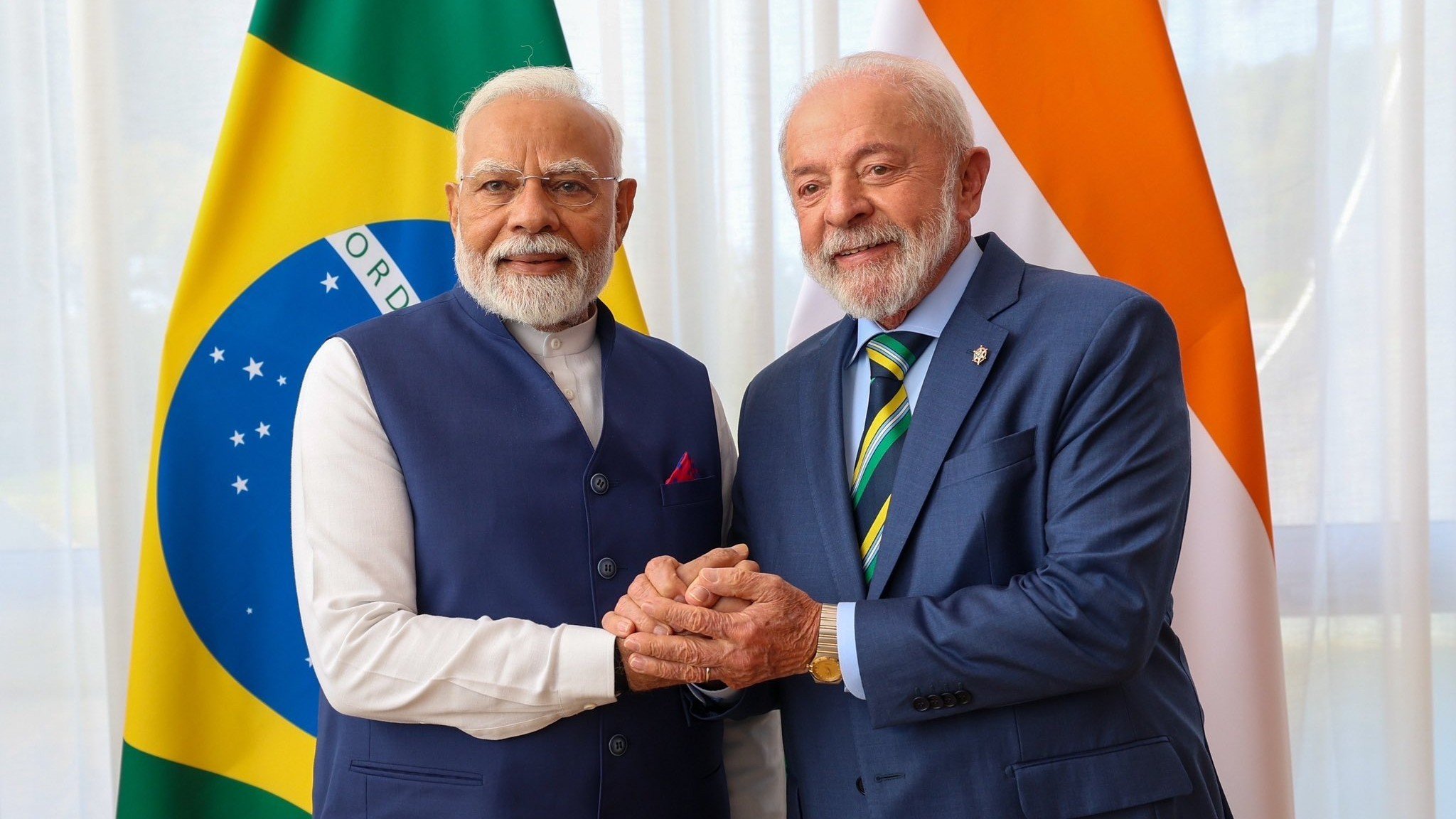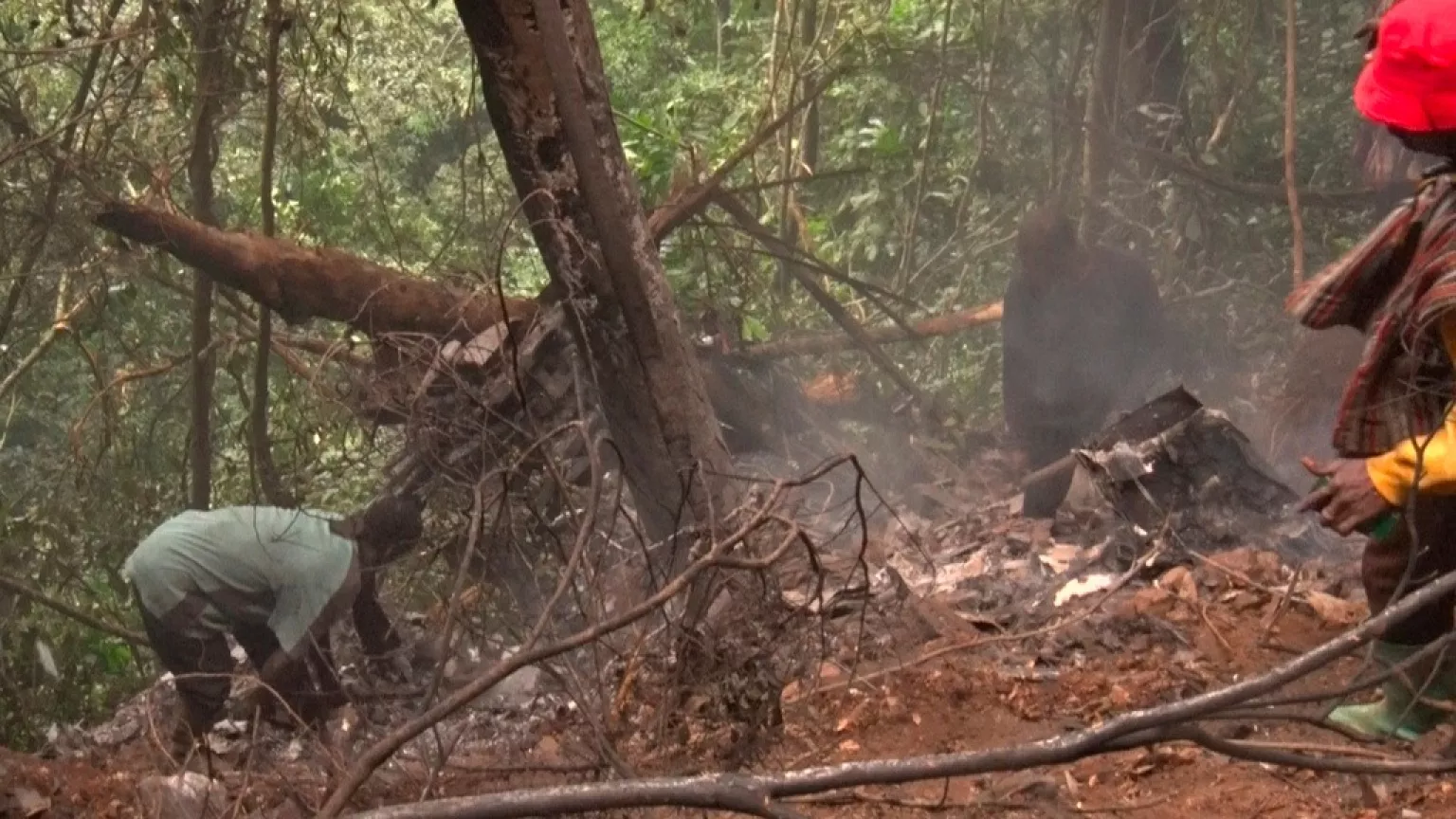MoD Issues RFI for 200 Light Helicopters for Army and Air Force
The Ministry of Defence (MoD) has issued a Request for Information (RFI) for the procurement of 200 Light Helicopters, designated…
Defence Ministry Denies Reports of $3.6B US Arms Deal Freeze
The Ministry of Defence has dismissed media reports claiming that India has paused talks on a $3.6 billion defence purchase…
Indian Navy SSC Officer Notification for June 2026 Course (Out Now)
The Indian Navy invites applications from eligible unmarried men and unmarried women candidates for Short Service Commission (SSC) Officers for…
Lt Gen Manjinder Singh Reviews Tech-Driven Modernization at Bathinda Military Station
Lieutenant General Manjinder Singh, Army Commander of the Sapta Shakti Command, carried out a detailed review of the Bathinda Military…
PM Modi, Brazil President Lula Reaffirm Strategic Partnership in Key Phone Call
Prime Minister Narendra Modi on Thursday received a phone call from Brazilian President Luiz Inácio Lula da Silva, during which…
Ghana Helicopter Crash Kills Defence and Environment Ministers
In one of Ghana’s deadliest air disasters in over a decade, a military helicopter crashed on Wednesday in the Ashanti…

